Two Questions to Help You Determine the Size and Power of Your Range Hood
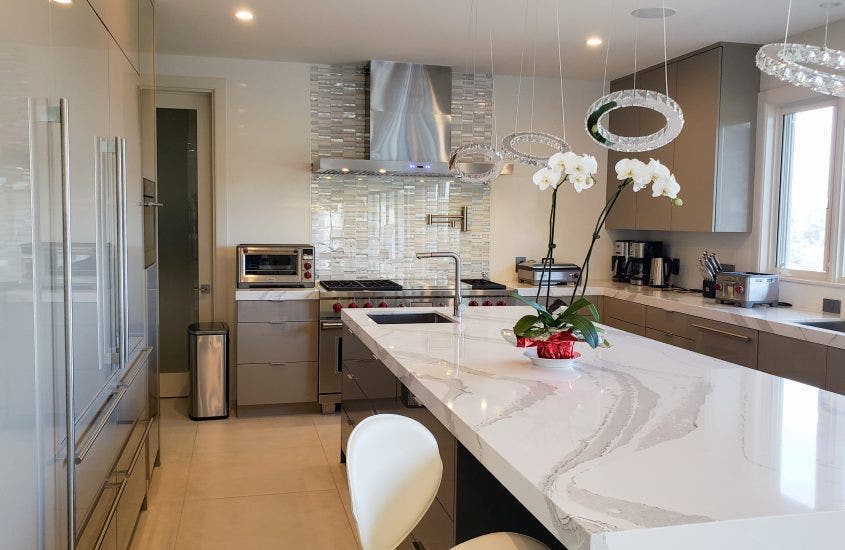
When selecting your new range hood the two most important things to consider are how you use your cooktop and how much you use it.
Table of Contents
How do you use your cooktop?
What types of foods do you cook? How much food do you cook at the same time? Do you do a lot of canning? Do you cook with oil or do a lot of frying? How often do you cook greasy or strong smelling foods? These are important questions to consider when choosing your new range hood.
How much do you use your cooktop?
How much time per day, on average, do you spend using your stove? Do you cook three meals a day? Do you use every burner or do you only use one or two? Or do you have a griddle or grill on your cooktop?
These questions will help you determine what type of hood is right for you. It will also give you a feel for how much work your hood will be doing when it is in use.
Obviously, the more time you spend at the cooktop, the more you will use your range hood and the more important it will be to size and select the right one.
The specific requirements for your kitchen’s hood will be different from others based on your unique cooking situation. Range hood requirements vary from household to household and person to person. Some families use a high-heat gas stove, but cook only once or twice per day. The five star Viking and Wolf Gas ranges are good examples of these types of high output gas cooktops.
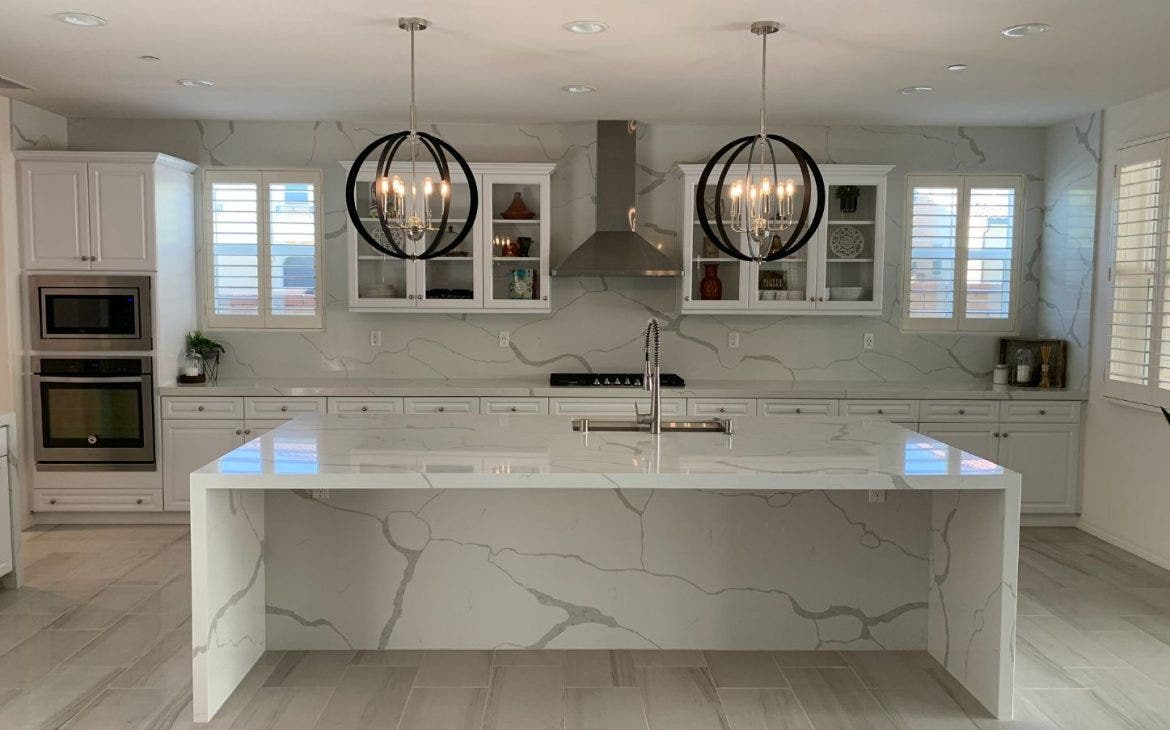
In these cases, we recommend sizing up your hood one size to ensure sufficient CFM and coverage during the most extreme cooking. You should also make sure you have a more powerful hood that can be adjusted based on your cooking needs.
Other families will use the cooktop all day long for various foods and prep. Here again, size the range hood for the most extreme possible case and then use the lower speed control to fine tune the exhaust to exactly what you require.
Most of the time, customers think they need much more exhaust capacity than they actually do. Usually higher exhaust capacity equals more expensive units both in initial cost and the cost of installation. It also increases how loud the hood is when it is running on high; it can reduce the sound when running on low though.
For more information on how your cooking style impacts which range hood is best for you, check out this article.
What size ductwork do I need?
With a larger capacity hood, larger ductwork and fittings will be needed to maximize its efficiency. For new construction, this is generally not a problem. The range hood ductwork installation and materials can be included in the heating and air conditioning contract.
For customers that are remodeling or renovating an existing kitchen or outdoor space, increasing the duct size from 4” to 6” to 8” to 10” can be costly. Take this into consideration as you plan your project and look at your different vent hood or range hood options.
Buying a powerful hood and attaching it to ductwork or ducting that is too small is like attaching a garden hose to a fire hydrant and expecting the hydrant to operate at full capacity. To ensure you get the most from your hood, be sure to increase the duct size as your range hood’s CFM increases.
Proline Range Hoods sells a wide variety of hood styles ranging from 600 CFM to 2000 CFM, including wall mounted range hoods, island range hoods, under cabinet hoods, and range hood inserts. Our hoods are incredibly versatile and will accommodate your unique needs. Are you unsure about the CFM you want in your range hood? If so, check out this article.
We recommend the following:
| CFM | Ductwork Diameter |
| Up to 600 CFM | 6 inch or larger |
| 600 to 1000 CFM | 8 inch or larger |
| 1000 to 1800 CFM | 10 inch or larger |
| 2000+ | 12 inch or larger |
Some customers buy a large and powerful range hood only to discover they primarily use it on the first or second speed. This can be ideal, especially to reduce volume.. A larger motor or blower can run slower and quieter and move the same amount of air compared to a smaller motor.
Choosing a range hood that is easy to use, looks great, and still has plenty of power has never been easier and more affordable. Let’s look at a few other factors that influence a range hood’s performance.
Range Hood or Vent Hood “Effective Capture Area”
One of the most important things to consider with your new range hood is the “effective capture area.” This is the area of the range hood which most effectively traps and channels airflow to the exhaust blower for removal. Think of the area as a funnel. You want to draw in and capture the cooking smoke, steam, and odors with as little additional air as possible.
Blower size, range hood design, and hood size all impact the effective capture area. We will discuss each of these factors below.
Range Hood or Vent Hood Blower Size
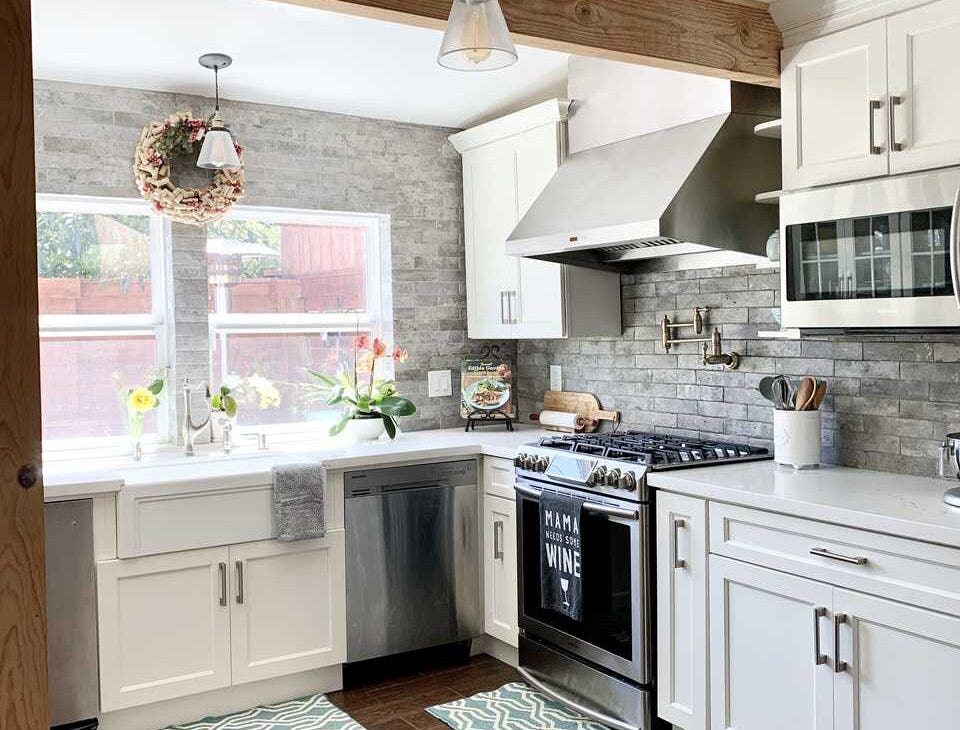
First, fans inside range hoods or vent hoods are typically called blowers. The blower size is measured in cubic feet per minute (CFM) of airflow. The larger the airflow, the more air that can be removed from the cooking area. However, bigger is not always better.
If you oversize the blower or operate your range hood at maximum speed all the time, you waste the electrical energy required to run the blower at a high speed. You also remove air from your home that you have paid to heat or cool. This increases your home’s energy consumption and creates a very inefficient cooking exhaust process.
The ideal situation is one where you move as much air as you need to clear the cooking fumes from the kitchen or cooking area and no more. This is one of the reasons most range hoods give you the ability to select from various speeds.
Additionally, the blower size should match the size of the hood to make it as efficient as possible. Some very large range hoods have very small “effective capture areas” for exhaust. Higher quality hoods are engineered and assembled such that the blower is the optimal size and power for the specific design of that model.
Range Hood or Vent Hood Design
The second variable that dramatically affects the effective capture area of your range hood or vent hood is the range hood design. The most basic design component is the shape of the hood and the blower position. For example, if you have a flat bottom hood with a low profile design drawing the air across stainless steel baffle filters, the main area of capture will be directly underneath the blower motor. The suction is reduced closer to the edges of the hood or the further away from the center.
In this diagram below, the traditional pyramid shaped canopy design with the blower higher up in the hood allows the cooking exhaust to filter more efficiently. It is drawn up and funneled right to the blower more evenly for easy removal.
In the latter range hood design, it is easy to see how the range hood or vent hood design consolidates and funnels the cooking exhaust into the blower and is much more effective.
Range Hood or Vent Hood Size
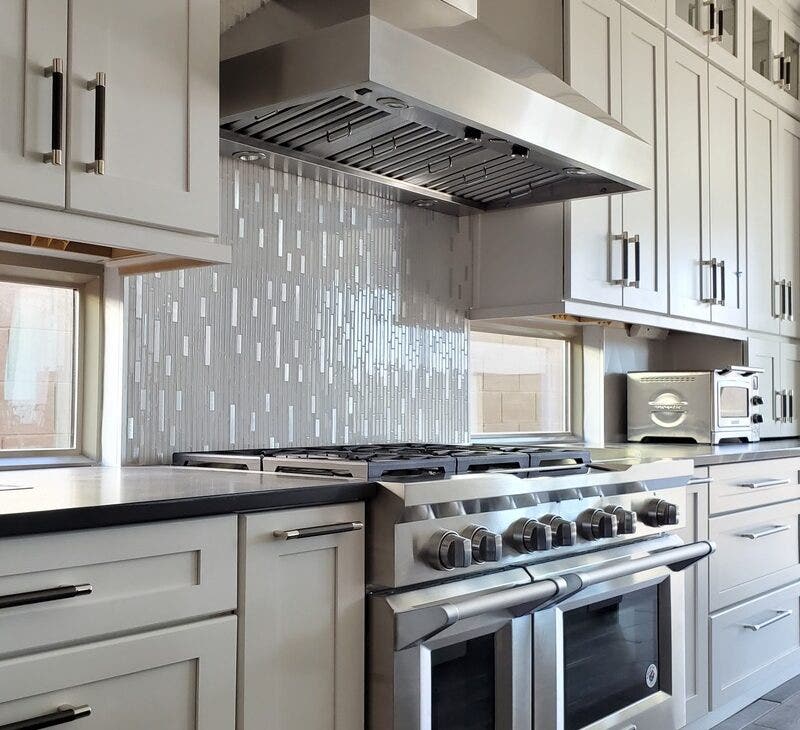
The third variable which affects the effective capture area of your range hood is the size of the hood: the width and depth. You can have the strongest and most precisely designed vent hood and if you don’t cover the cooktop, you will constantly have issues venting your cooking exhaust. Unwanted contaminants will remain in your home which can have an adverse impact on your health.
This is especially true for range hoods installed over island cooktops. Unlike with wall mounted range hoods, air can enter island hoods from all directions.
You may be wondering: do I need a large vent hood? We’ll show you how to determine the size of your hood below.
Width: When possible, size the hood 6” larger in width than the cooktop. For example, if you have a 30-inch cooktop, the size of your range hood should be 36″ inches.
Depth: Most range hoods come in 22-27” depths with some range hoods being 30” deep.
The more coverage, the better for the serious cooks, especially for island range hoods.
If you use your cooktop often or are serious about cooking then remember “coverage is king.” This is especially true for an island range hood as the air moves much more freely over and around an island cooktop than it does around a cooktop by a wall.
You can also help yourself by keeping your cooking under the primary capture area of your range hood. BBQ and heavy smoke cooking environments, both indoor and outdoor, need adequate coverage as well; the size of the range hood is critical. If you can’t catch the smoke and exhaust, you can’t get rid of it.
Be aware that it is also possible to have a hood that is too big and too powerful. You don’t want to suck too much air from your kitchen; otherwise, you may require a make-up air kit to supply your kitchen with additional oxygen.
These are some key factors to think through so you end up with a hood that will meet your needs, whether that’s a large 60″ vent hood, a 30″ hood, or anything in between. Visit Proline Range Hoods to find the perfect hood for you.
If you have found our blog content helpful in any way, please leave us a review on Yelp or Google. It only takes 10 seconds!




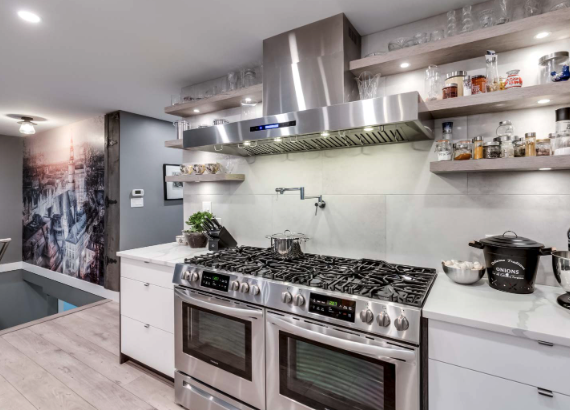
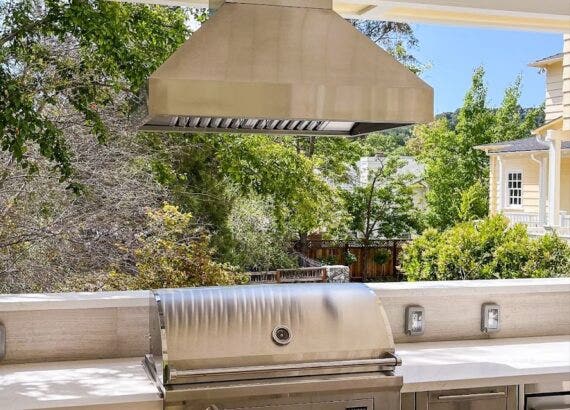
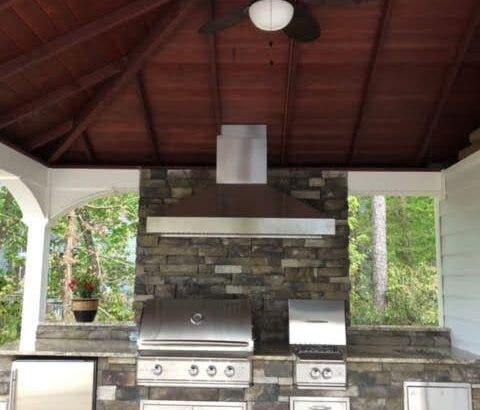
Comments are closed.